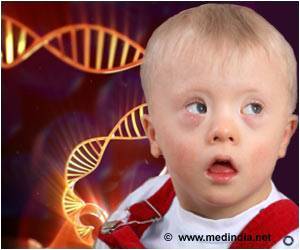According to Israeli and German scientists, mosses can now act as a novel ‘compass’ for scientists to better program stem cells for medical purposes.
According to Israeli and German scientists, mosses can now act as a novel ‘compass’ for scientists to better program stem cells for medical purposes.
Dr. Nir Ohad of Tel Aviv University's Department of Plant Sciences and Prof. Ralf Reski of the University of Freiburg have discovered a new use for the Polycomb group proteins (PcG) found in moss.They believe that the PcG proteins play an important role in telling stem cells how to develop.
Moss is a kind of plant that shares basic development processes with those found in humans.
"We may not have found the switch that turns stem cells into tissue, but we have found a key component which makes this switch work," said Ohad.
In their study, researchers described an ancient mechanism that alters the way DNA organizes inside the cell nucleus, which in turn, affects gene expression.
The finding has important implications in stem cell therapies, which can go awry if implanted stem cells are not reprogrammed properly.
Insights from this research have implications for plant and human development alike, and could be applied to cancer research with time.
He added that this "switch," which ensures the proper development of the organism, emerged early in the evolution of all organisms with a nucleus and organized DNA, long before animals and plants evolved into vastly different species and genera.
The researchers suggest that the basic function of the PcG mechanism in moss, common to its function in plants and humans, is in regulating cell differentiation, describing the point at which a stem cell "decides" to become a leaf or flower, for example.
The findings of the study provide science a tool to control tissue specification, timing of reproduction and the development of traits in seeds that serve as the source for human and animal feed.
The study has been published in the journal Development.
Source-ANI
ARU
 MEDINDIA
MEDINDIA



 Email
Email






